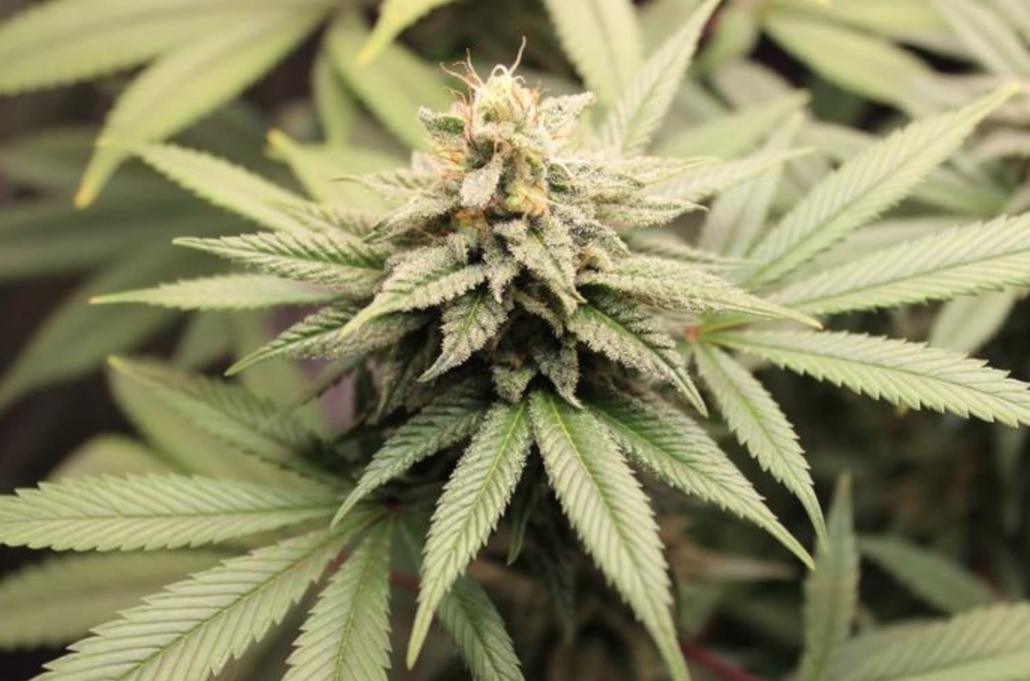New comprehensive genomic atlas of cannabis reveals therapeutic applications amid genetic diversity
Researchers have assembled the most comprehensive genetic atlas of cannabis to date, revealing unprecedented molecular diversity that could revolutionise medicinal applications and unlock novel therapeutic compounds. The landmark study, published in Nature on 28 May 2025, analysed 193 cannabis genomes and identified surprising genetic variation that may hold the key to developing new cannabinoid-based treatments.
Unprecedented genetic diversity discovered
The international collaboration, led by researchers from the Salk Institute for Biological Studies, constructed a cannabis pangenome using 181 newly sequenced genomes alongside 12 previously published assemblies. This comprehensive genetic archive represents 144 biological samples, including both male and female plants from diverse geographical origins and cultivation types.
“Cannabis is one of the most extraordinary plants on Earth. Despite its global importance as a source of medicine, food, seed oil, and fiber for at least the last 10,000 years, it remains one of the least developed major crops of modern times, largely due to a century of legal restrictions,” says Todd Michael, senior author and research professor at Salk Institute.
The study revealed that cannabis exhibits genetic diversity potentially up to 20 times greater than humans, with 23% of genes present in all genomes, 55% nearly universal, and significant variation in genes controlling chemical production, growth, and defence mechanisms.

The flowering bud of a female Cannabis sativa plant. The frosty appearance comes from a dense coating of glandular trichomes, which are tiny, crystal-like structures that produce the plant’s distinctive compounds like cannabinoids and aromatic terpenes. © Salk Institute
Cannabinoid synthesis pathways mapped
The research provides crucial insights into cannabinoid biosynthesis, mapping the genetic architecture responsible for producing delta-9-tetrahydrocannabinolic acid (THCA) and cannabidiolic acid (CBDA) – the precursors to THC and CBD respectively. These cannabinoid synthase genes showed remarkably low genetic diversity despite being embedded within highly variable genomic regions.
The team discovered that cannabinoid genes are located within transposable elements – DNA sequences that can “jump” around the genome. This arrangement, while creating genomic instability, has paradoxically preserved the functional integrity of these medically important compounds through selective breeding pressure.
“With this haplotype resolution, we can look at what was inherited from just one of the parent plants and start to understand the breeding and background of that plant,” explains co-first author Lillian Padgitt-Cobb, a postdoctoral researcher in Michael’s laboratory.
Novel therapeutic targets identified
Beyond traditional cannabinoids, the research identified genetic variants associated with rare cannabinoids including tetrahydrocannabivarin (THCV) and cannabidivarin (CBDV). These compounds, known as varin cannabinoids, have attracted significant medical interest for their potential non-psychoactive therapeutic properties.
The study traced varin cannabinoid production to complex interactions between acyl-lipid thioesterase genes (ALT3 and ALT4) and β-keto acyl carrier protein reductase (BKR) genes. This discovery provides a complete biosynthetic pathway for these rare compounds, potentially enabling targeted cultivation for specific medical applications.
“The novel insight into sex chromosomes revealed that there are genes only present in ‘father’ plants that can be used to breed better-performing offspring,” the authors note in their conclusions, suggesting new approaches to optimising therapeutic compound production.
Sex chromosome architecture reveals breeding opportunities
Cannabis possesses one of the largest sex-determining regions in flowering plants, with the Y chromosome approximately 30% larger than the X chromosome. The research identified genes exclusively present on male plants that could influence flowering time and cannabinoid production.
This finding challenges current breeding practices that often eliminate male plants entirely. The authors suggest that “incorporating true male plants into breeding strategies could unlock overlooked genetic gains and expand opportunities for crop improvement.”
The variable boundary between sex-determining and recombining regions may explain differences in flowering behaviour between cannabis varieties, offering new targets for breeding programmes focused on medical applications.
Implications for pharmaceutical development
The comprehensive genetic map reveals that cannabis genetic diversity remains largely untapped for medical applications. Genes controlling fatty acid metabolism, defence responses, and secondary metabolite production showed extensive variation, suggesting potential for developing novel therapeutic compounds beyond traditional cannabinoids.
The research identified structural variations covering up to 7% of the genome, surpassing levels observed in other crop species. These variations, frequently associated with transposable elements, drive ongoing diversification that could be harnessed for pharmaceutical development.
“Over the last 10 years, breeders have already done a decent job of getting yields up and making cannabis an economically viable crop,” says co-first author Ryan Lynch. “Once there’s market interest there, paired with these new insights into cannabis genomes that can guide breeding efforts, I can see hemp and hemp oils really booming in both human health and industry applications.”
Population structure reveals untapped resources
The pangenome analysis revealed five distinct cannabis populations, including evidence for undiscovered wild relatives in Asia. This population structure suggests that current medicinal cannabis breeding programmes may be missing valuable genetic diversity.
The study found that drug-type populations showed evidence of hybridisation between Asian and European hemp lineages, potentially explaining the diverse chemical profiles observed in modern medical cannabis varieties. This hybridisation history offers roadmaps for developing new therapeutic strains.
Future directions for medical research
The authors conclude that “the C. sativa gene pool remains only partially characterised, the existence of wild relatives in Asia is likely and its potential as a crop species remains largely unrealised.” This assessment suggests significant opportunities for medical cannabis research and development.
The comprehensive genetic atlas provides a foundation for precision breeding approaches targeting specific therapeutic applications. By understanding the genetic basis of cannabinoid production and plant development, researchers can now design breeding strategies to optimise medical efficacy while maintaining agricultural viability.
The study’s identification of previously unknown genetic variants controlling rare cannabinoid production opens new avenues for pharmaceutical research. These findings could accelerate development of cannabis-based therapeutics for conditions including epilepsy, chronic pain, and inflammatory disorders.
Reference
Lynch, R. C., Padgitt-Cobb, L. K., Garfinkel, A. R., Knaus, B. J., Hartwick, N. T., Allsing, N., … & Michael, T. P. (2025). Domesticated cannabinoid synthases amid a wild mosaic cannabis pangenome. Nature, advance online publication. https://doi.org/10.1038/s41586-025-09065-0

